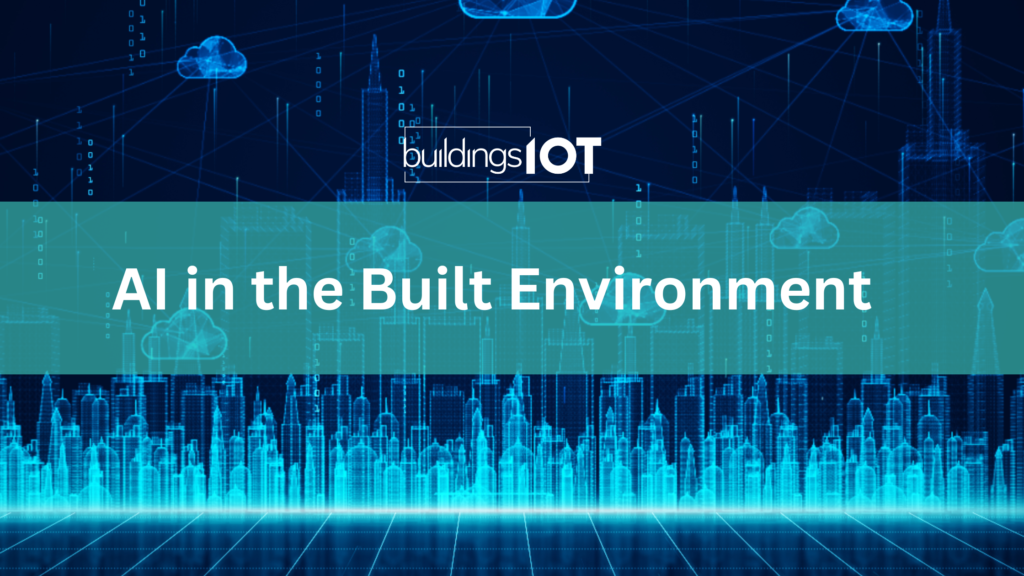In the ever-evolving landscape of technology, the emergence of artificial intelligence (AI) and its application in various industries is nothing short of groundbreaking. Within our very own industry, machine learning, a subset of AI, has rapidly found its place. We use it every day, and its impact is undeniable. Let’s dive into how AI is transforming the built environment, where it’s headed, and the potential challenges we face.
The Power of Predictive Maintenance
One of the key ways machine learning is making its mark in the built environment is through predictive maintenance. Gone are the days of reacting to equipment failures. With AI, we can anticipate issues, saving time and resources while preventing costly downtime. It’s a game-changer that is already benefiting many organizations.
Predicting Energy Consumption
Energy management is another area where AI shines. We now have the capability to predict energy loads for the day, week, or month with remarkable accuracy. These predictions allow us to take proactive actions, optimizing energy usage and reducing costs. Some actions are automated, while others involve human intervention, creating a dynamic blend of AI and human decision-making.
The Arrival of AI
AI’s presence in the built environment is just the beginning. As technology continues to advance at an astonishing rate, it’s safe to say that AI is here to stay. Mark, one of our industry experts, predicts that the speed of AI’s growth will surpass the time it took to enter our field initially. The possibilities are vast, and we may soon witness the emergence of new AI-powered interfaces, languages, experiences, or LED systems that will revolutionize our industry.
A Glimpse into the Future
Imagine a future where you can simply ask your AI system, “Where’s my biggest opportunity to save energy today?” It’s not a far-fetched idea; it’s the direction in which we’re heading. Interfaces like these will simplify decision-making and drive efficiency. This convergence of AI and the built environment will depend on collaboration between AI industry experts, traditional builders, and software providers like us.
The Data Dilemma
However, there’s a significant hurdle we must overcome to fully harness the potential of AI in our industry: data. To create truly powerful AI systems, we need access to massive datasets—far larger than any single company can generate. Data ownership and accessibility are crucial. We’re not talking about personal data; we’re referring to data related to the built environment, energy usage, and building operations. For AI to thrive, this data must be democratized and available to all.
Breaking Barriers
The biggest inhibitor to implementing AI in our industry may well be ourselves. Fear of data loss or control issues has held us back. The question is, can we overcome these fears and embrace the transformative power of AI, or will it take another generation to do so? The future holds the answer.
In conclusion, AI has already begun reshaping the built environment, and its potential knows no bounds. As we embark on this journey, we must collaborate, share data, and push past our own inhibitions. The age of AI in the built environment is upon us, and together, we can unlock its full potential.


